Syrian Food Dishes: Basic Overview
Common Ingredients
Common Cooking Methods
Courses
Meals
Key Taste
Eating Etiquette
Meal Presentation
Culinary Festivals
Influence and Fusion
Popular Types of Syrian Dishes
-
Fried Dishes
Syrian fried dishes come in many shapes and forms, with meat, grains, and vegetables as the main ingredients.
Certain dishes are vegan- and vegetarian-friendly.
Fried dishes mainly serve as entrees, snacks, appetizers, and street food dishes.
-
Salads
Salads in Syria often feature various vegetables, bread, spices, and local condiments.
These dishes have a refreshing flavor and a colorful appearance.
Locals mainly serve them as appetizers or meze items.
-
Condiments and Sauces
Syrian cuisine features various sauces and condiments used as dipping sauces or food ingredients.
These condiments and sauces are often savory or spicy, depending on the main ingredients.
Many meze platters rely heavily on this dish category.
-
Snacks
There are many forms of snacks in Syria, such as fried dough, dumplings, fritters, etc.
Syrian snacks can be sweet or savory, depending on the main ingredients.
Certain snacks are also appetizers, meze items, and entrees.
-
Desserts
Syria offers many types of desserts, such as puddings, cookies, and confectioneries.
Syrian desserts are usually sweet and flavored with spices and aromatic ingredients.
Delicious sweets are an integral part of Syrian holidays.
Popular Syrian dishes are widely cooked and eaten in modern Syria, a West Asian country in the Levant and the Mediterranean. As a cornerstone of Middle Eastern dishes, these food offerings have evolved over time to meet the residents’ eating habits.
Syrian dishes include a wide range of types, from meze (small dishes served as starters or snacks) to street food and desserts. Such dishes are known for their rich flavors, thanks to various ingredients like chicken, lamb, and rice.
I will delve into the common features of traditional Syrian dishes before addressing how popular these dishes are in other countries and how healthy they are. Then, I will provide you with a list of the best 22 dishes in Syria.
This detailed list of Syrian dishes will let you know more about each dish, including its origin, main ingredients, cooking methods, varieties, and serving suggestions.
Next comes the reason for Syrian cuisine’s popularity and recommended beverages for pairing with local dishes. Lastly, I’ll explain how Syrian dishes differ from Lebanese dishes.
22 Most Popular Syrian Dishes with Filters
The 22 dishes you’re going to learn about represent the best of Syrian cuisine. Use advanced filters before or after reading this content to make your experience smoother.
There are many options for you to choose from, such as alphabetical sorting, main ingredients, taste, cooking methods, dish types, courses, and global popularity.
Next, check out additional filters based on specific culinary styles, such as traditional, national, and street food options.
Kibbeh
- National
- Street Food
- Traditional
Kibbeh is a Syrian croquette-like dish made with spiced ground meat, grain, and onions. The most common kibbeh form consists of bulgur wheat pounded with meat and formed into balls with pine nuts and spices.
There are various cooking methods for kibbeh, such as deep-frying, grilling, making soups, and serving raw. Kibbeh nayyeh is a prominent example of raw kibbeh, using finely minced beef or lamb. This version is a regular meze item in Syria to honor guests.
A popular Syrian dish made with kibbeh is kubbi kishk, which includes kibbeh, stewed cabbage, and a yogurt-butter sauce.
Shawarma
- Street Food
- Traditional
Shawarma is widely served in Syria as a street food. It is also popular in other Middle Eastern countries. Though lamb or mutton is the traditional choice, shawarma also uses other types of meat, such as beef, chicken, turkey, and veal.
The preparation of shawarma involves thinly cutting and marinating the meat with baharat (Middle Eastern spice blend), cardamon, cinnamon, cumin, paprika, and turmeric. These meat cuts are then stacked and slowly roasted on a turning vertical spit or rotisserie.
The chef shaves off the cooked meat with a long, flat knife to serve shawarma. Stuffing it inside a sandwich or wrap is a popular way of serving the grilled meat dish.
Tabbouleh
- Traditional
Tabbouleh is a Syrian salad consisting of chopped parsley, uncooked bulgur, lemon juice, mint, olive oil, onion, salt, sweet pepper, and tomatoes. It originated in the mountainous areas and is also popular in Lebanon.
While tabbouleh is a regular meze in the Arab world, each country has its own variation. For example, Syrians use more parsley than bulgur in their version.
Fattoush
- Traditional
Fattoush is a popular salad in Syria with fried or toasted khubz (Arabic flatbread) as the base. Its other ingredients are seasonal vegetables like radishes and tomatoes.
Besides khubz and vegetables, sumac and pomegranate molasses are regular seasonings for fattoush. A notable difference between fattoush and tabbouleh is that fattoush’s vegetables are cut into larger pieces.
Falafel
- Street Food
- Traditional
Falafel is a famous deep-fried fritter made with both chickpeas and fava beans in Syria and the wider Middle East. These ingredients make falafel a favorite local vegetarian and vegan choice.
Falafel is shaped into balls or patties by hand or using a falafel mold. These fritters are then deep-fried or baked in an oven before being served with tahini (ground sesame paste) sauce.
Many street vendors also sell falafel stuffed in or wrapped with flatbread as a sandwich. Other flat or unleavened bread is also a suitable choice. Adopted during the Ottoman Empire period, falafel is beloved by people from all religious backgrounds.
Ful Medames
- Street Food
- Traditional
Ful medames, or ful, is a fava bean stew often served as a Syrian breakfast dish, especially in Aleppo.
Locals often make ful on the previous evening by leaving fava beans to simmer in large copper jars overnight. The next morning, they serve ful medames in the same jar with tahini, olive oil, and Aleppo pepper paste.
In terms of optional ingredients, this fava bean stew may incorporate chili pepper, garlic, lemon juice, onion, or parsley.
Hummus
- Traditional
Hummus is a hugely popular Syrian chickpea dip or spread. Besides chickpeas, hummus also requires garlic, lemon juice, and tahini. Whole chickpeas, olive oil, paprika, and parsley are standard garnishes.
Syrians often use hummus as a dip for pita bread, a side dish for falafel, kibbeh, and tabbouleh salad, or a must-have part of the meze platter.
Muhammara
- Traditional
Muhammara is a famous Syrian spicy dip using fresh or dried Aleppo pepper, breadcrumbs, olive oil, and walnuts. Hailing from Aleppo, it has become famous throughout Southeastern Turkey and Western Armenia.
Muhammara’s ingredients vary depending on the region, with additional components ranging from cumin and garlic to lemon juice and pomegranate molasses. Many people enjoy muhammara as a dip or spread for bread or a sauce for grilled dishes.
Barazek
- Traditional
Barazek, or barazeq, is a well-known Syrian cookie with sesame seeds as its star ingredient. These sesame cookies also contain several pistachio pieces inside.
Born in the Damascus capital during the Ottoman Empire period, barazek is now available in almost all pastry shops across the Levantine area. In Syria, bazareq has countless variants with different ingredients.
While the main barazek ingredients include butter, flour, sesame, and sugar, some replace butter with smen (salted, fermented butter) or add egg, honey, mahleb spice, milk, vanilla, or yeast. All versions of barazek offer a buttery, nutty, and sweet taste.
Mahshi
- Traditional
Mahshi is a Syrian stuffed dish made with vegetables (usually eggplant, squash, or zucchini), ground meat, nuts, and rice. People stuff the vegetables with seasoned beef, lamb, or mutton, then add them to a broth and cook them in the oven or on the stovetop.
Mahshi is usually served hot as a regular main course. There is a meatless mahshi version that is cooked in olive oil and enjoyed warm or at room temperature.
Makdous
- Traditional
Makdous is an oil-cured aubergine dish widely eaten in Syria during fall and winter. It requires small, tangy eggplants alongside walnuts, red pepper, salt, olive oil, and garlic as stuffings.
Locals usually start making makdous at the beginning of autumn so that this cured aubergine is ready to eat in winter. Makdous is a suitable dish for breakfast, snack, or supper.
Fatteh
- Traditional
Fatteh is a typical Syrian bread dish with either fresh or stale khubz bread as the main ingredient. The bread is grilled or toasted before being covered with cumin, steamed chickpeas, oil, and strained yogurt.
Additional toppings for fatteh include eggplants, pine nuts, carrots, grilled chicken, or lamb shanks. Such versatility makes fatteh a wonderful choice for breakfast or dinner.
Mansaf
- Traditional
Mansaf is a common Syrian dish consisting of lamb cooked in a jameed broth. Jameed is hard, dry yogurt made with goat or sheep’s milk.
Like other inhabitants throughout the Levant, Syrians serve mansaf on a large plate, hence its name; Mansaf means “large dish” or “large tray.”
A typical mansaf plate is covered with layers of markook (Middle Eastern unleavened flatbread), rice, cooked lamb, and jameed sauce. Mansaf is then garnished with almonds and pine nuts.
Shishbarak
- Traditional
Shishbarak is a dumpling dish widely prepared in Syria and other Levantine countries like Iraq, Jordan, and Lebanon. A variety of joshpara dumpling, it consists of thin dough dumplings stuffed with ground beef and slowly cooked in yogurt sauce.
Apart from beef, the meat stuffings for shishbarak also include chopped onions, fresh herbs, and spices. Shishbarak is best served hot in yogurt sauce with bread.
Harak Osbao
- Traditional
Harak osbao, or horaa osbao, is a thick Syrian stew of lentils and pasta. Its other ingredients are cilantro, garlic, olive oil, onions, fried pita bread, and pomegranate molasses.
Preparing Harak osbao is all about cooking these ingredients together until the mixture thickens. Then, horaa osbao is often poured into a large, deep bowl for serving. Some people even top it with fried bread, fried onions, and pomegranate seeds.
Maqluba
- Traditional
Maqluba, or maqlooba, is a traditional Syrian dish served throughout the Levant. Maqlooba includes layers of rice, meat, and vegetables in a pot. When served, the pot is flipped upside down, hence the name (maqluba means “upside down”).
Maqluba often features cauliflower or eggplant for the vegetables and chicken or lamb for the meat. This upside-down rice dish often appears in feasts and large gatherings with parsley and pine nuts as garnishes. Fresh yogurt and salad are sometimes served with maqlooba.
Ma’amoul
- Traditional
Ma’amoul, or maamoul, is a filled butter cookie often eaten in Syria during Easter, Eid al-Fitr, and Purim. During these holidays, locals serve visitors these butter cookies with chocolate and Arabic coffee.
The core ingredients of ma’amoul are semolina flour, butter, dates, and pistachios or walnuts. Ma’amoul gets its shape and decoration thanks to a special wooden mold called tabi or tabe.
Halawet El-Jibn
- Traditional
Halawet el-jibn is a Syrian dessert whose name translates to “cheese sweet.” It consists of a semolina and cheese dough using different types of cheese, like mozzarella and Akkawi cheese.
Halawet el-jibn is filled with cream, sugar syrup, and orange blossom or rose water and adorned with a sprinkle of pistachios. Originating in Homs City, this cheese sweet is now available in other Middle Eastern regions, thanks to Syrian immigrants.
Mahalayeh
- Traditional
Mahalayeh, or muhallebi, is a popular milk pudding dessert in Syria. Its main ingredients are milk, rice, sugar, and starch, like rice flour or semolina. Balouza is a special Syrian variation with an additional orange- or rose-flavored jelly layer on top.
Local restaurants serve balouza with three stripes of toppings, including almonds, cream, and pistachios, with a maraschino cherry as a garnish.
You can find balouza in restaurants and booza (Eastern Levant frozen dairy dessert) shops.
Qamar al-Din
- Traditional
Qamar al-din is a fruit leather made of apricots with roots in Syria. This West Asian nation has the highest-quality qamar al-din, especially in Ghouta, where the best apricot variety grows.
To make qamar al-din, Syrians boil apricots with sugar. The apricots are dried under direct sunlight after straining and soaking in olive oil.
While qamar al-din can be enjoyed as a snack, it’s also dissolved in water to create a refreshing drink during Ramadan. Some even wrap this fruit leather around a walnut piece.
Qamar al-din is available outside Syria in many Middle Eastern and North African countries.
Raha
- Traditional
Raha refers to various confections in Syria. Also known as Turkish delight or lokum, these confections are mainly made with a gel of starch and sugar. Several high-class versions come with chopped dates, hazelnuts, pistachios, or walnuts.
Traditionally, raha is flavored with bergamot orange, lemon, mastic gum, or rosewater. Then, these confections are cut into small cubes and dusted with copra (dried coconut flesh), icing sugar, or powdered cream of tartar.
Zalabiyeh
- Street Food
- Traditional
Zalabiyeh, or pitulici, is fried spongy dough resembling a doughnut or a fritter in Syria. It is based on a batter of eggs, milk, and yeasted flour. Several places also add cinnamon, black cumin, lemon, or sugar.
Next, this spongy dough is shaped into a ball or free-form doughnut and fried in oil. Zalabiyeh tastes the best when served hot with honey or sugar, which is a popular way of serving many Syrian dishes
What Features Make Syrian Dishes Famous?
The fame of Syrian dishes comes from the following six factors: culinary influences, diverse ingredients, meze, street food scene, community and hospitality, and eating with hands.
Culinary Influences
Syrian cuisine dates back to ancient times, as this country is a crossroads for various civilizations, like the Assyrians, Babylonians, Greeks, and Romans.
Another fascinating aspect is the influence of the Jewish community, particularly in Aleppo.
In addition, Syrian dishes have absorbed elements from neighboring countries like Turkey, Lebanon, and Iraq, alongside far-off lands like the Ottomans, due to trade routes and historical conquests.
Religious Practices
Islamic dietary laws and holidays play a significant role in the development of Syrian cuisine. For example, Syrians avoid consuming pork, meat that is not halal, certain types of seafood besides fish, and any form of blood for religious reasons.
Diverse Ingredients
Syria’s varied climate allows many fruits, vegetables, legumes, and grains to grow. Chicken and lamb are also common ingredients. Cheese is another key ingredient. Spices and herbs are used extensively.
Meze
Meze is a fantastic feature that showcases the richness of Syrian cuisine. The numerous meze items are typically shared among everyone at the table, offering a communal experience.
Street Food
From shawarma wraps to falafel, Syrian street foods are diverse and delicious. These quick and affordable meals offer authentic Syrian flavors, making them famous among locals and visitors.
Community and Hospitality
Local meals are often communal affairs, with food served in large platters for everyone to share.
Hosts often encourage guests to eat more as a sign of hospitality and generosity. You should accept the offer at least once and politely decline additional helpings.
Eating With Hands
Syrians enjoy many types of food with their right hand. Therefore, many local dishes are prepared to be bite-sized or easy to hold. It is customary to wash hands before and after a meal.
Next, I will introduce you to the most widely enjoyed beverages in Syria and the dishes that pair best with them
What Beverages to Pair With Syrian Dishes?
Here is a concise guide to pairing popular Syrian beverages with the right types of dishes.
Fruit Juices
Sweet Syrian fruit juices, such as pomegranate juice, go well with lightly seasoned dishes of all kinds, such as salads, pastries, and cookies.
Tea
Tea in Syria is often served as a robust black brew, so it pairs well with sweet pastries and savory dishes like kibbeh or shishbarak.
Coffee
Most Syrians enjoy coffee hot with a touch of cardamom, making it a perfect accompaniment for breakfast dishes, pastries, and various sweets.
Arak
Arak is a popular anise-flavored spirit in Syria. This beverage is a traditional choice for meze items, such as hummus, kibbeh, and tabbouleh.
To help you complete your understanding of Syrian cuisine, I will address the differences between Syrian and Lebanese dishes in the next section.
How Do Syrian And Lebanese Dishes Differ?
While Lebanese cuisine greatly influences Syrian dishes, these two culinary worlds still have a large gap between them.
The table below showcases all these differences, including staple ingredients, spices, and regional influences:
Syrian Cuisine
Lebanese Cuisine
As demonstrated in the table above, there are subtle yet significant differences between Syrian and Lebanese delicacies. They complement and contrast one another, contributing to the diversity of Middle Eastern cuisine.
Please let me know your thoughts about Syrian dishes via the comment box. Like and share this Syrian specialty list with your friends to spread the word about this amazing cuisine.


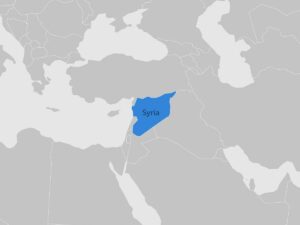
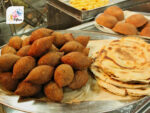
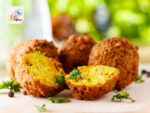

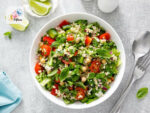
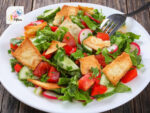
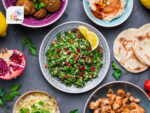
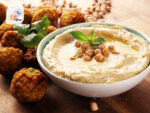
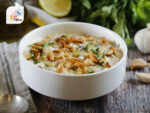
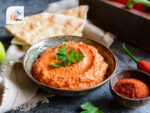
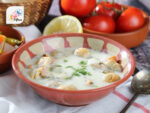
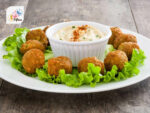

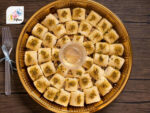
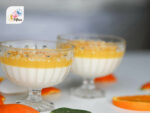
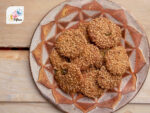
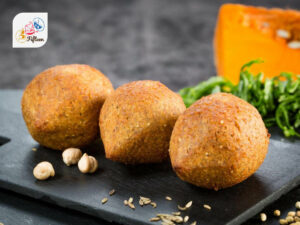
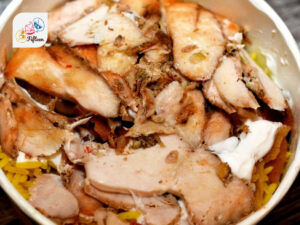
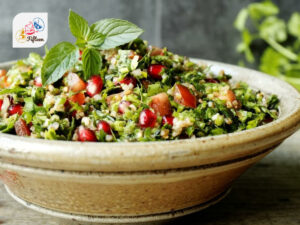
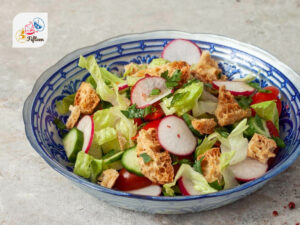
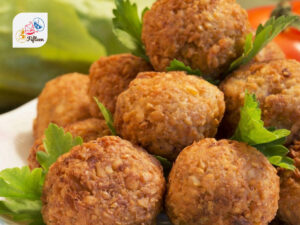
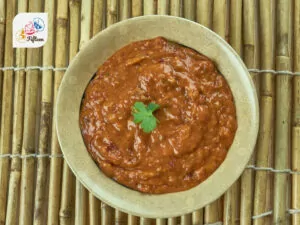
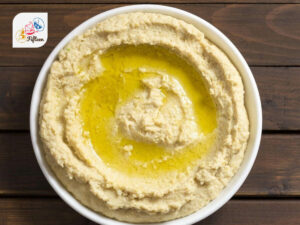
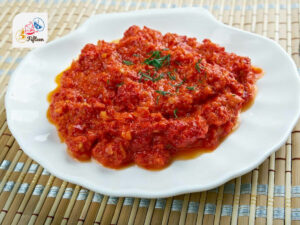
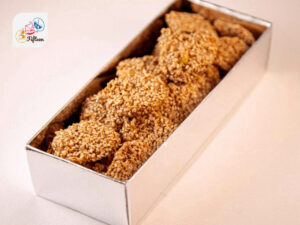
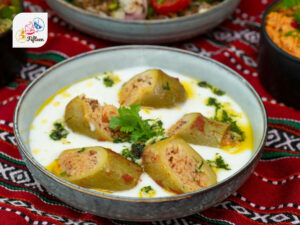
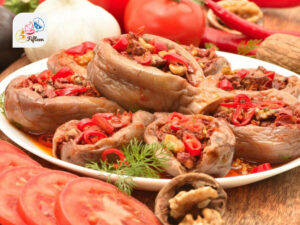
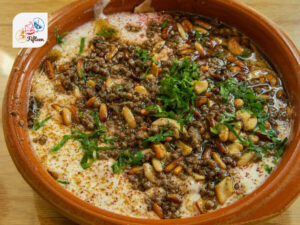
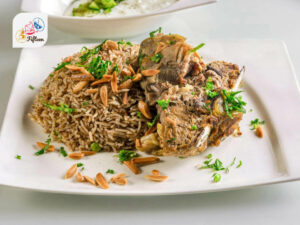
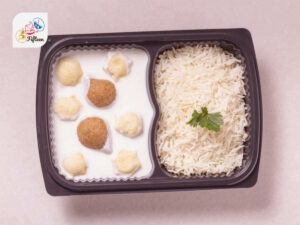
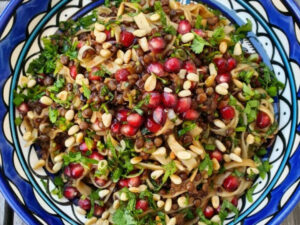
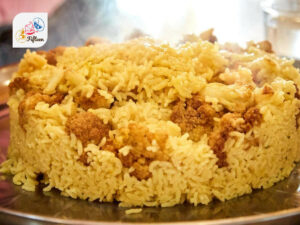
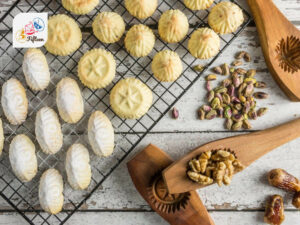
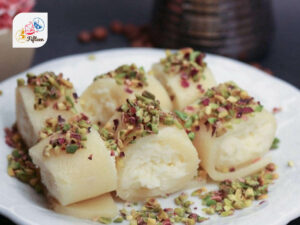
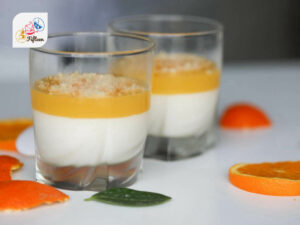
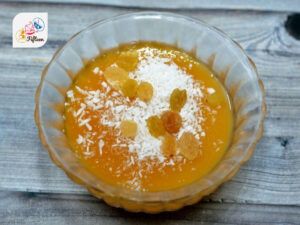
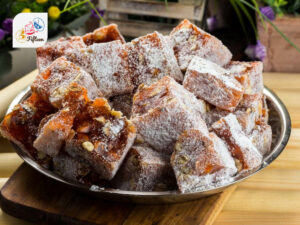
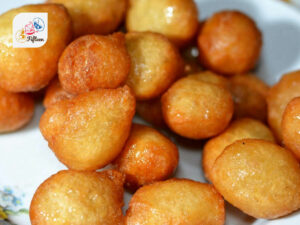
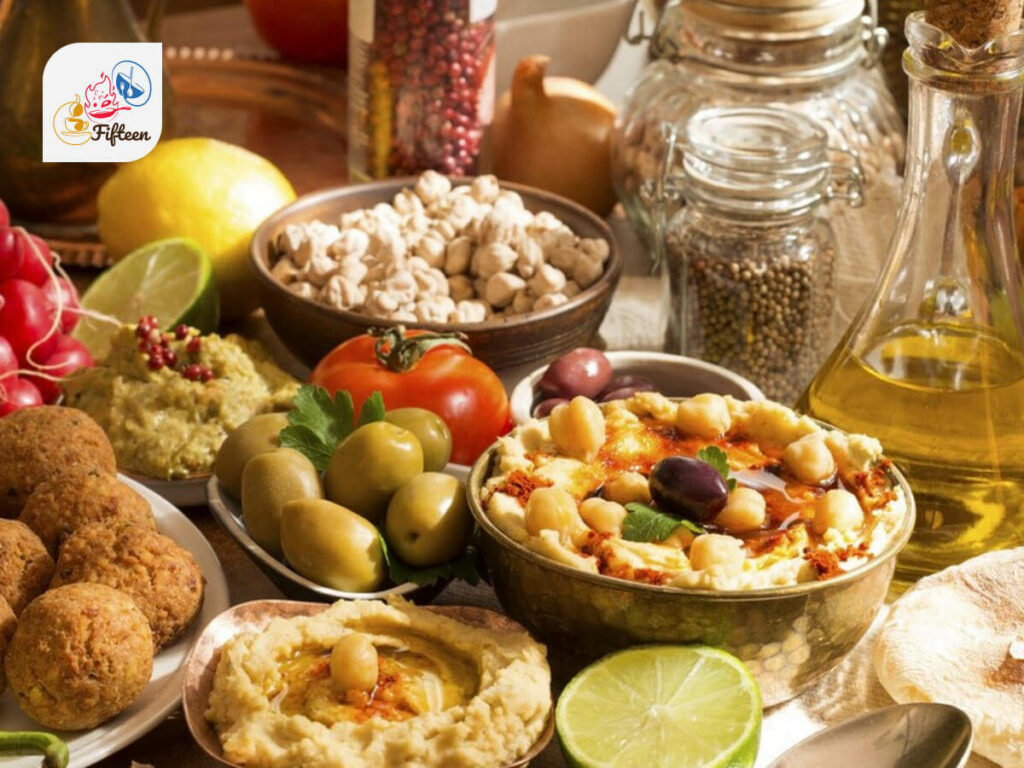
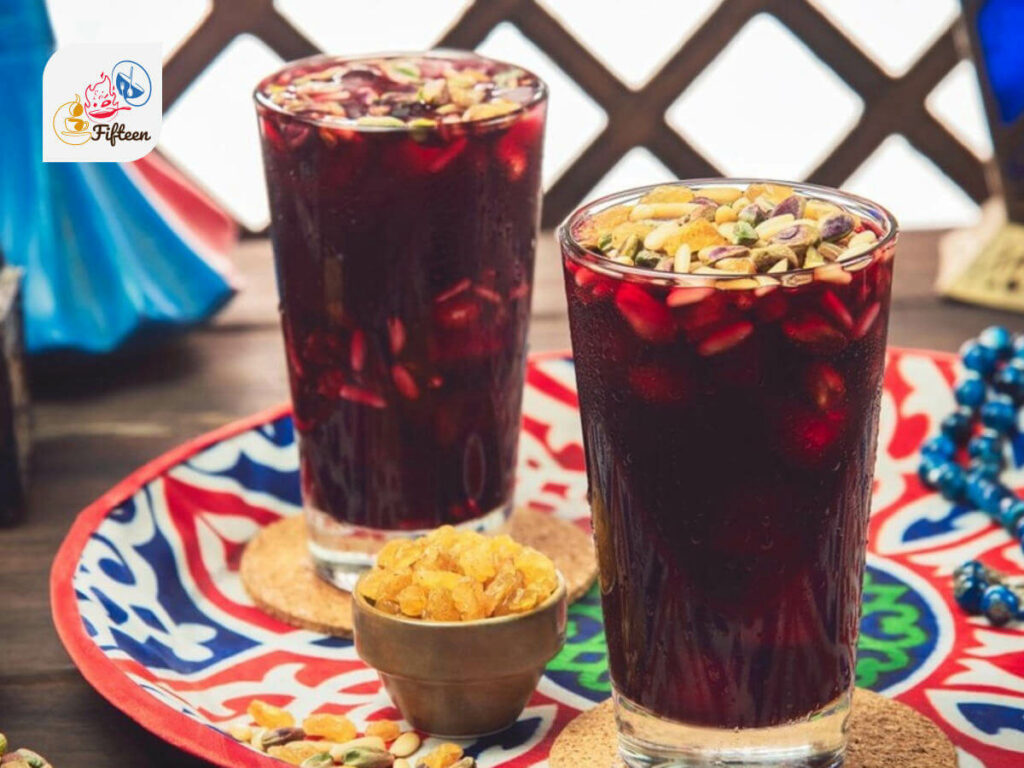
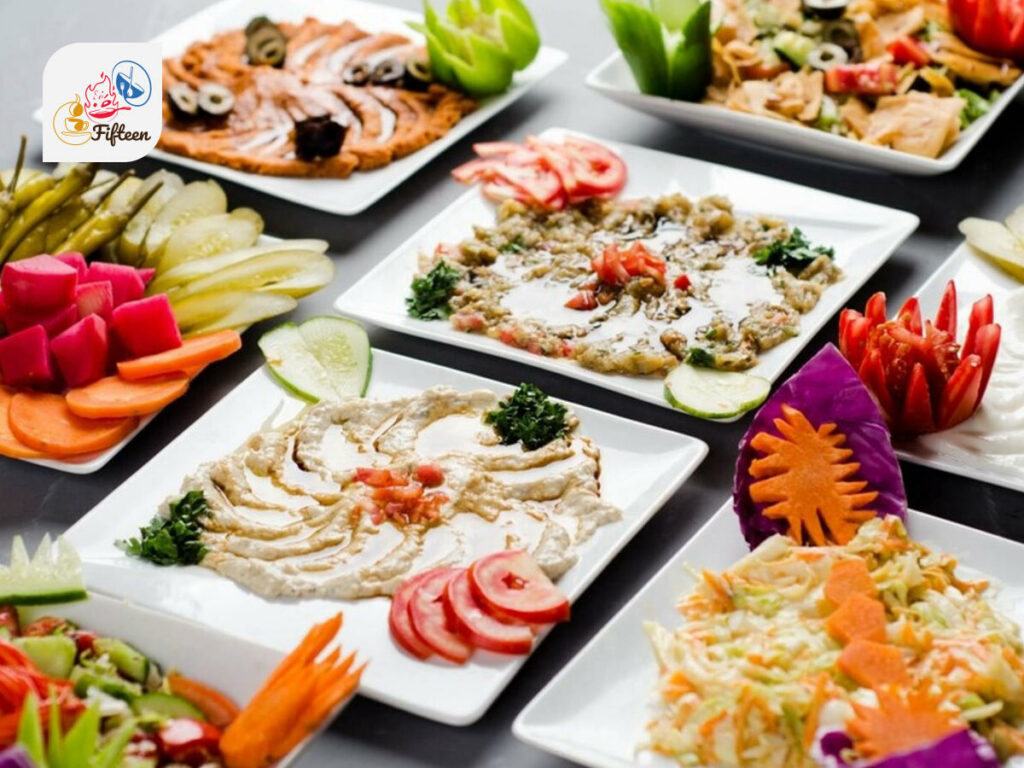
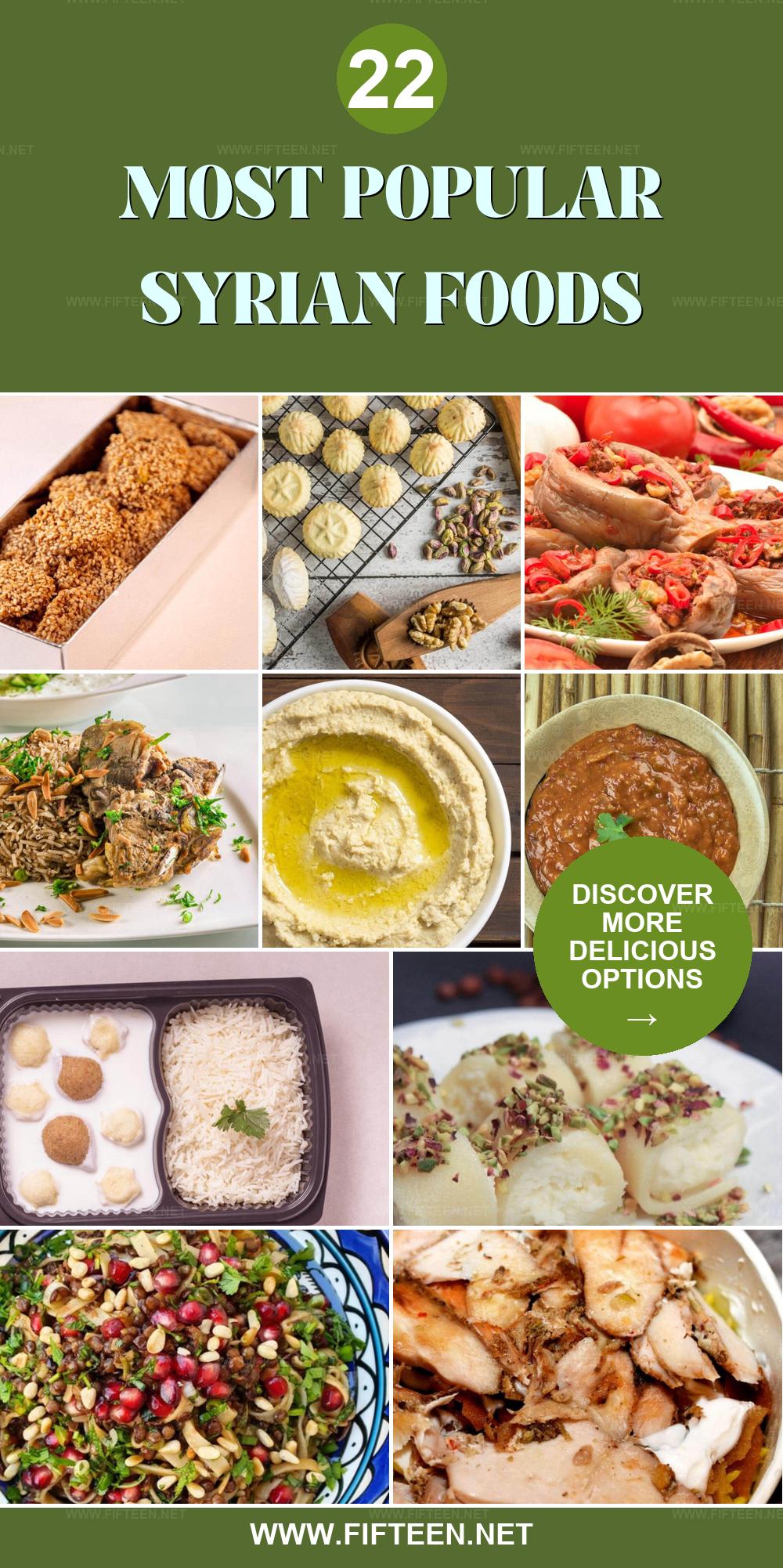
Jamie Scott
Editor in Chief, Senior Content Writer
Expertise
Home Cooking, Meal Planning, Recipe Development, Baking and Pastry, Food Editor, Cooking-video Maker, Western Food Evaluation Expert
Education
Le Cordon Bleu College of Culinary Arts
Local Community College, New York, NY
Jamie Scott is a skilled culinary expert and content creator specializing in Western cuisine. With over 15 years in the culinary field and formal training from Le Cordon Bleu, Paris, Jamie deeply understands how to blend nutrition with delicious flavors. His passion for cooking matches his commitment to making healthy eating accessible and enjoyable.
On Fifteen.net, Jamie brings a fresh perspective to classic dishes and beverages, offering readers insightful recipes, cooking tips, and a fresh view on meal planning that emphasizes taste, health, and simplicity.